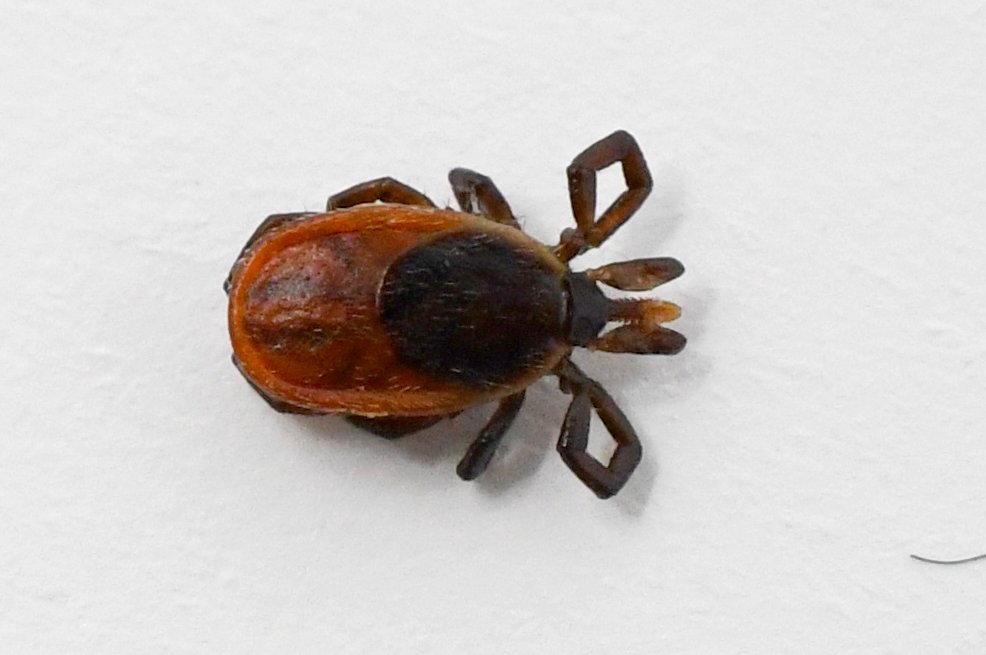Two disclaimers to start:
- There is a lot of conflicting information out there. I’ve tried to rely only on the most recent peer-reviewed scientific research rather than personal experience, anecdote, blogs, and other unreliable sources
- While I might be a Master of Science, I am certainly no doctor. Please, please, please do your own research, talk to your own experts, and be your own advocate!
The black-legged/deer tick
My son recently had an embedded tick behind his ear, which I suppose is now a rite of passage for Vermonters. After a moment of panic, I started digging into some of the very confusing and conflicting research on ticks and Lyme disease. I wanted to help you wade through the muck to try and tease out fact from lots of fiction. I’ll focus on the deer tick (aka black-legged tick, Ixodes scapularis) as it is the most common carrier in the northeast of the Lyme-causing bacteria, Borrelia burgdorferi.
There is so so so much more to this topic than I’ve covered here. While I might not have all the answers, feel free to reach out with any questions and I’ll do my best. To not overwhelm you with one long email, I’ll be sending this one out each day for the next few days.
And be sure to check out the rest of the series:
A brief life history
Deer ticks, Ixodes scapularis, are arachnids, not insects, more closely related to the 8-legged spiders and mites than to ants, beetles, and other 6 legged-beasts. They’re hard bodied ticks (Ixodidae), and a significant vector of a number of vexing diseases. Males and females are sexually dimorphic, with adult females larger and with a prominent red shield (see images below).
Like other ticks, deer ticks are blood-sucking, obligate ectoparasites, with a rather broad range of hosts, happily feeding on :
- mammals large (deer, while critical hosts for adult ticks, are not carriers of Lyme: link)
- and small (white-footed mice are a major carrier of the disease)
- birds
- amphibians and
- reptiles (out west, the western black-legged tick feeds on blue fence lizards, which amazingly rid the tick of Lyme (link)).
Deer ticks live roughly 2 years, yet feed only 3 times during this period (males, which are smaller and don’t have to spend all that energy producing eggs as adults so occasionally forgo their third meal). Each blood meal is taken from a different host, and there appears to be some partitioning of hosts between life stages to avoid competition between individuals (link). Tomorrow we’ll look at the 3 life stages of a deer tick.






